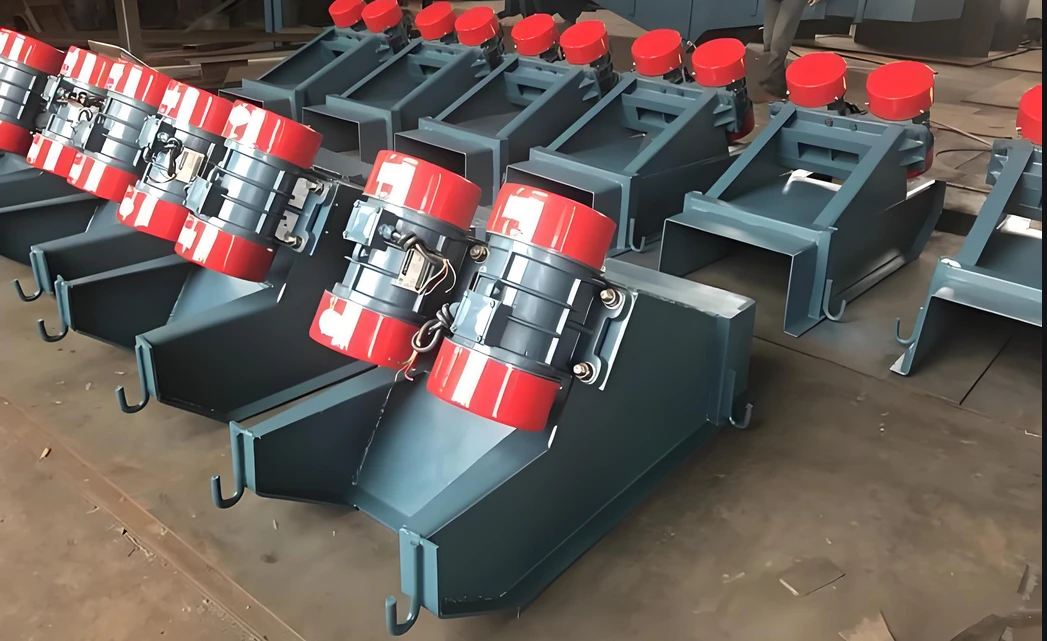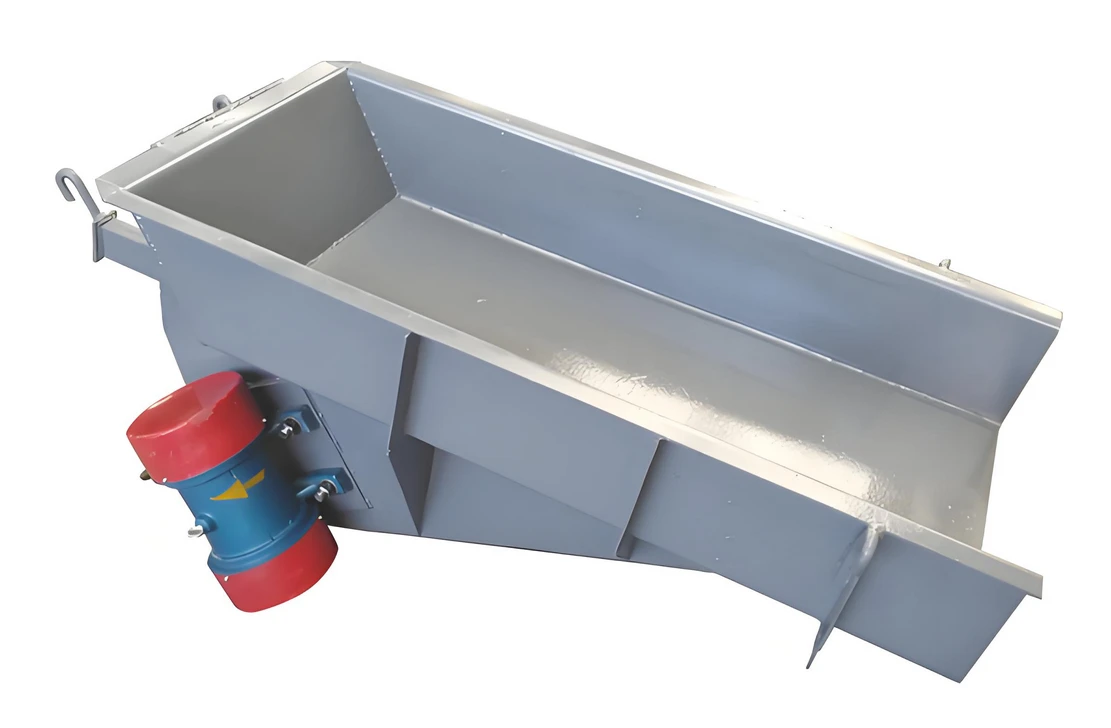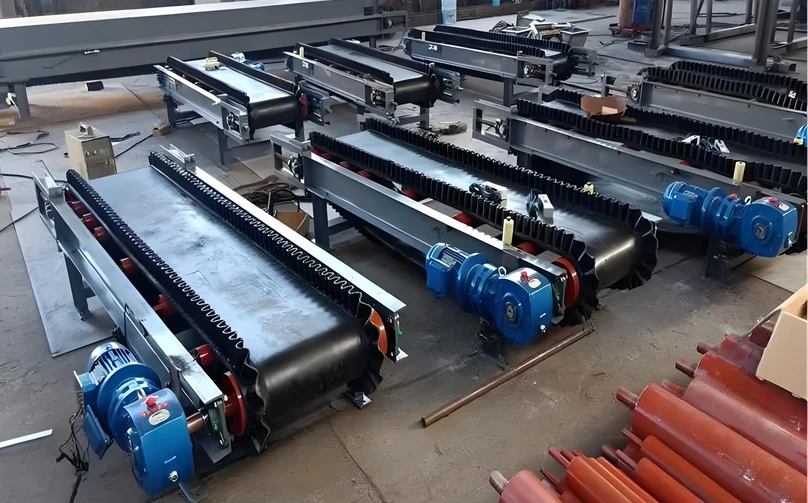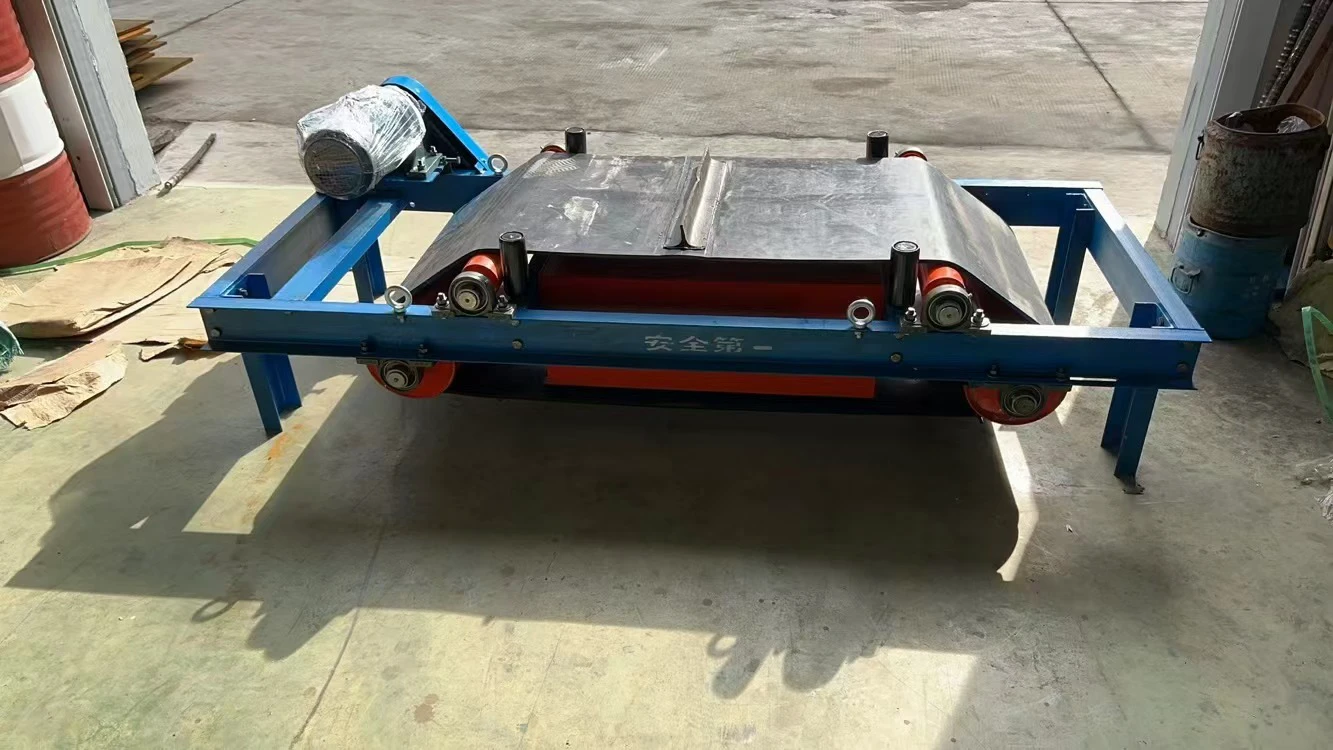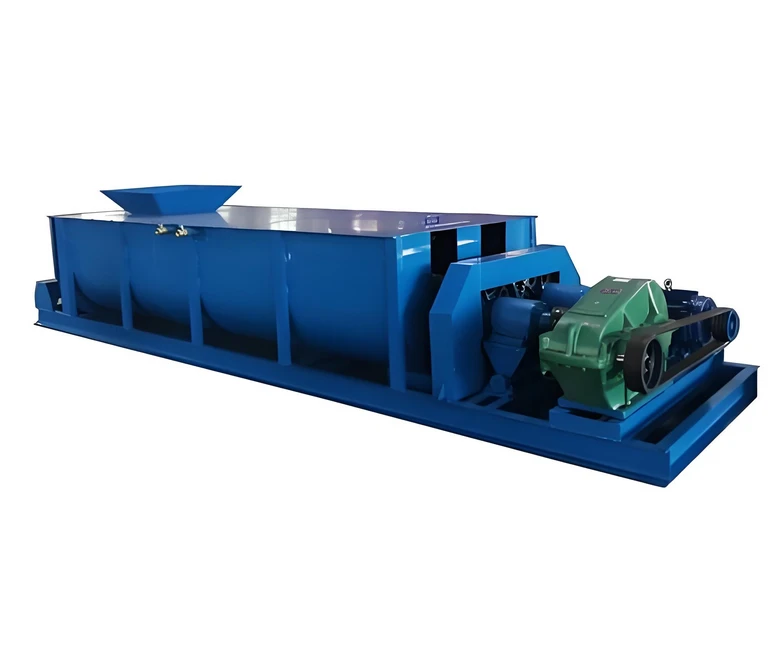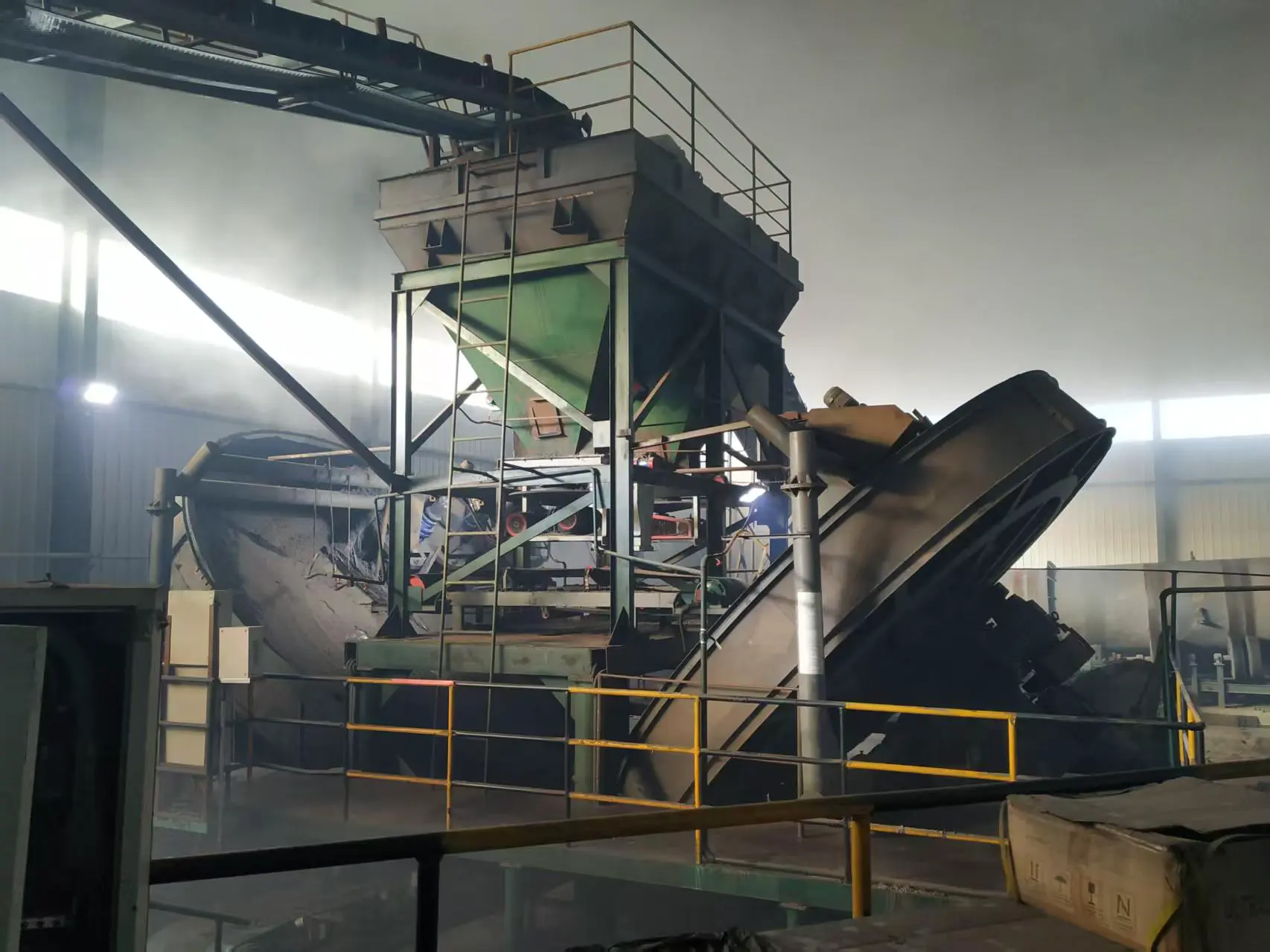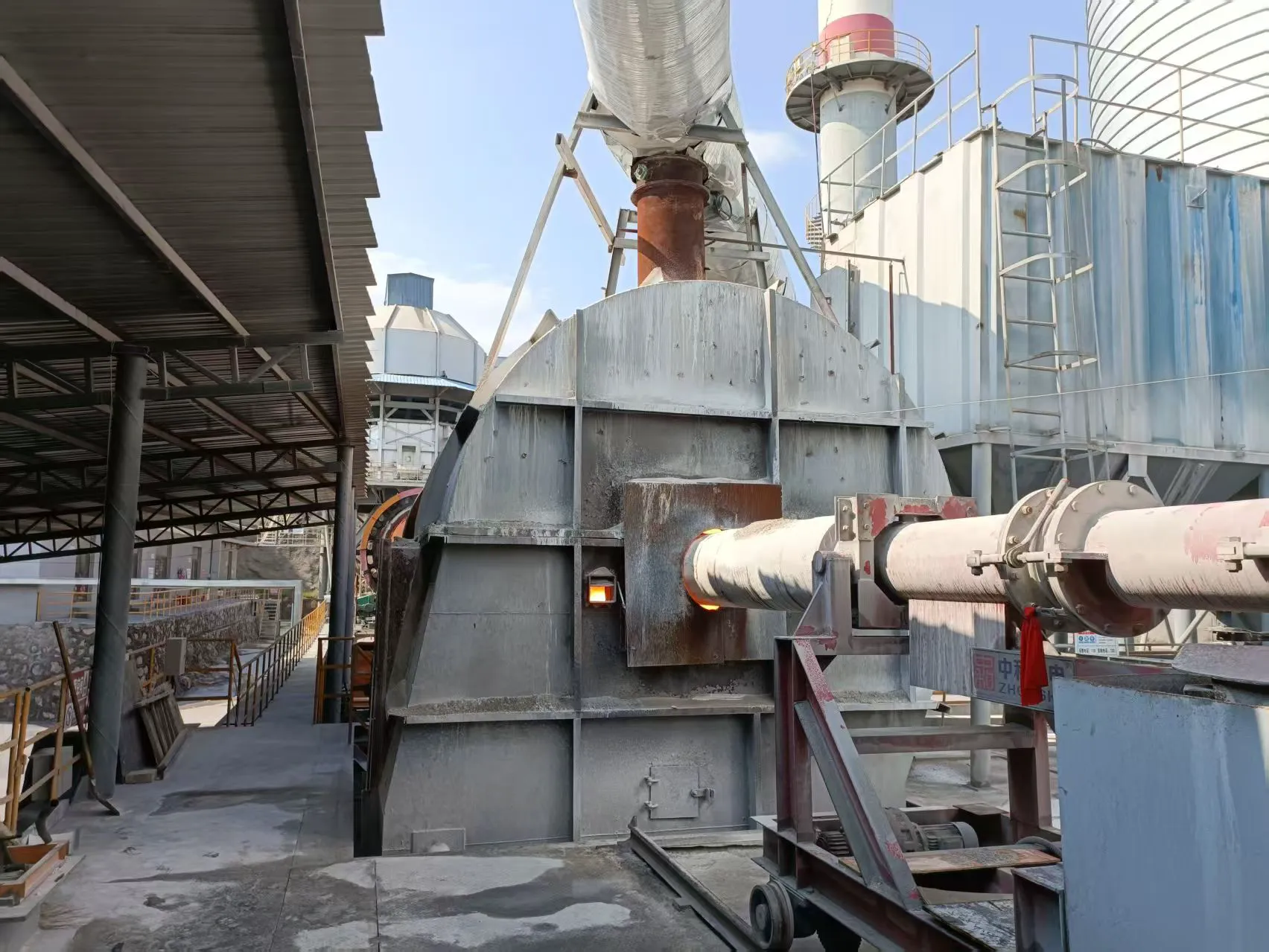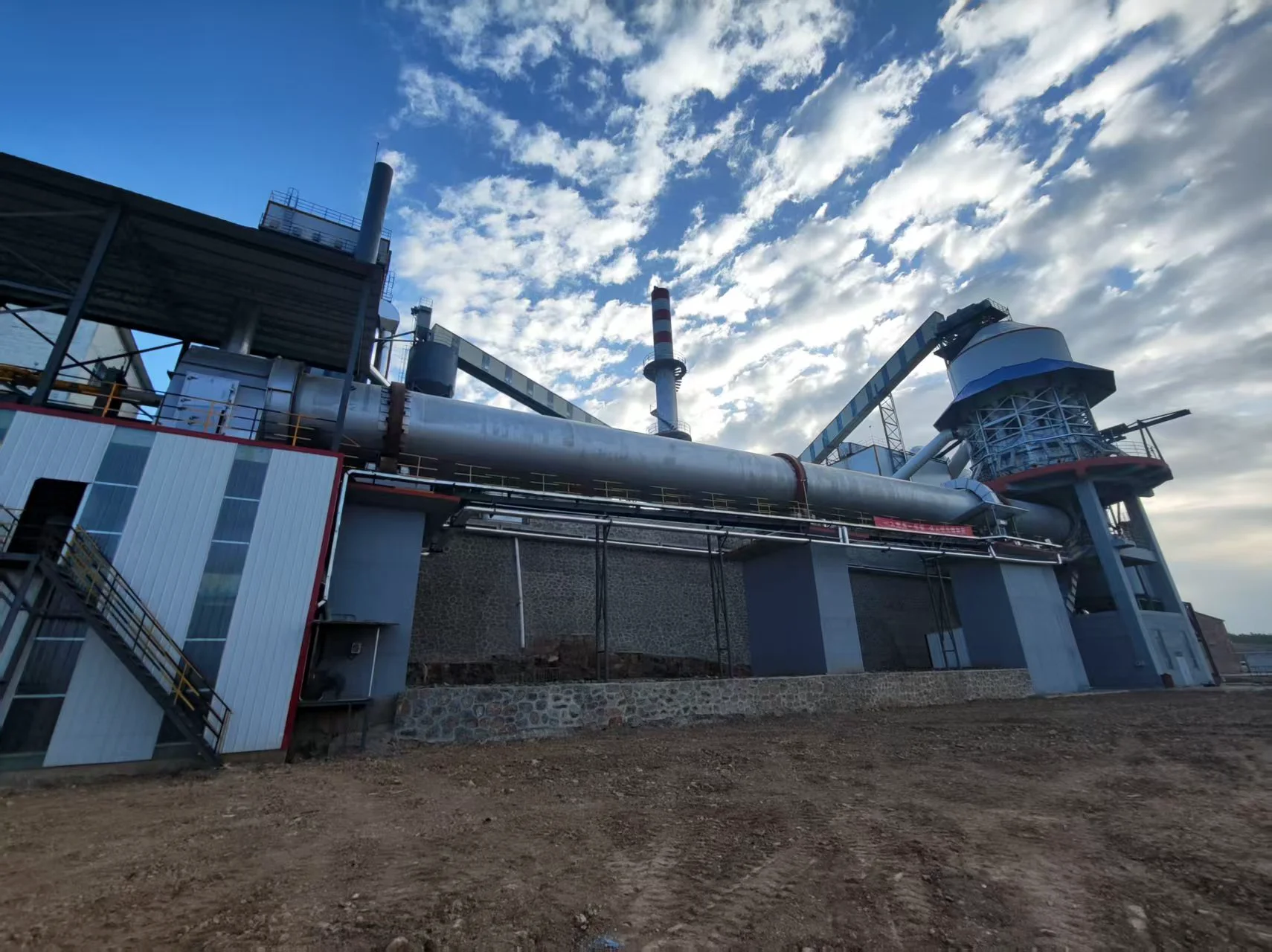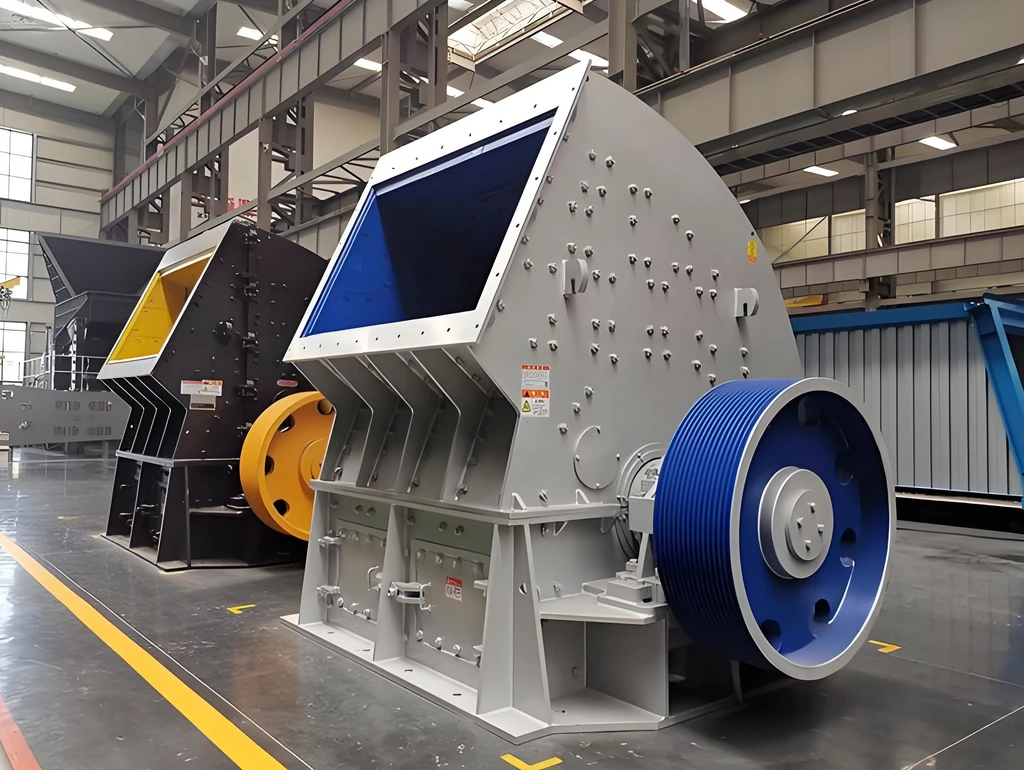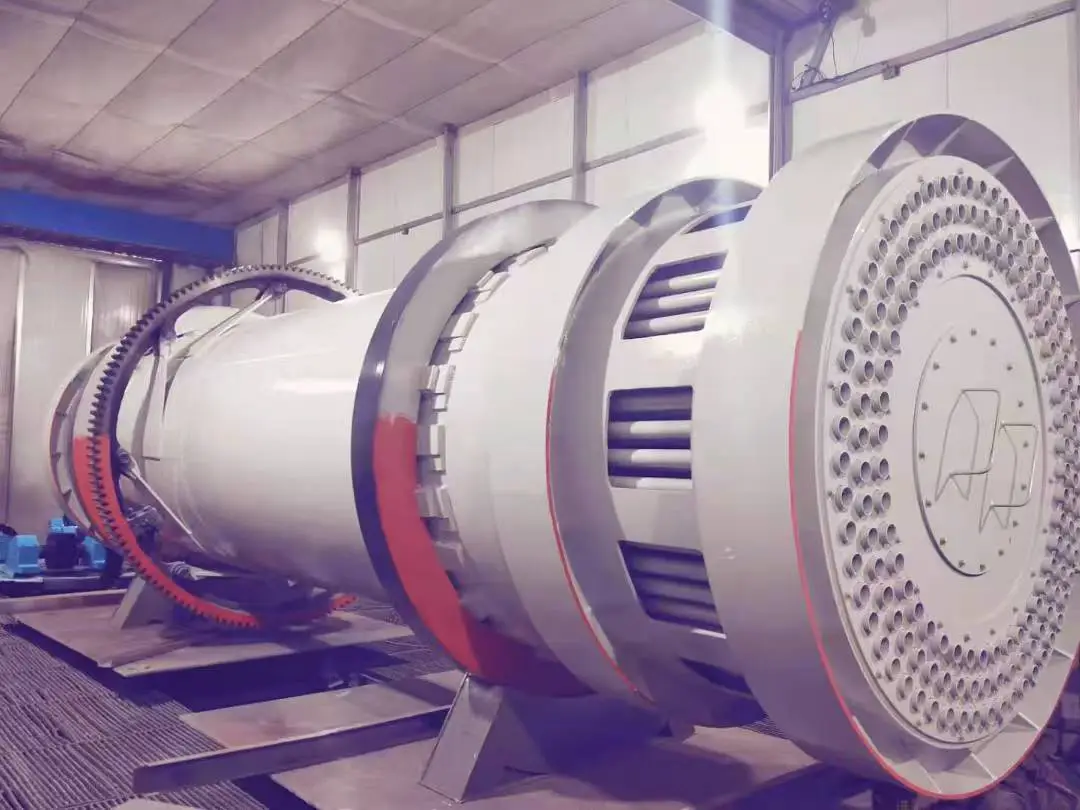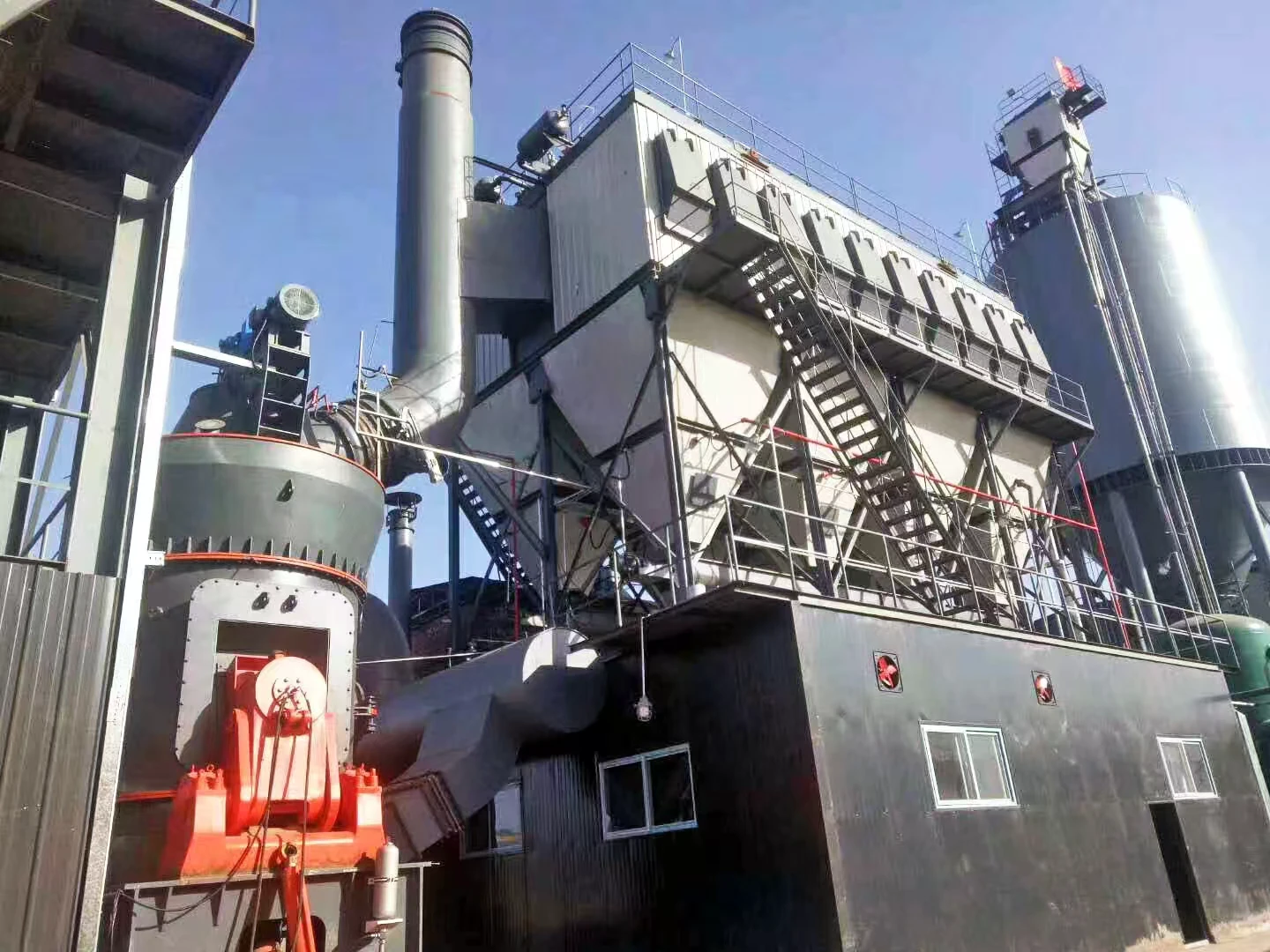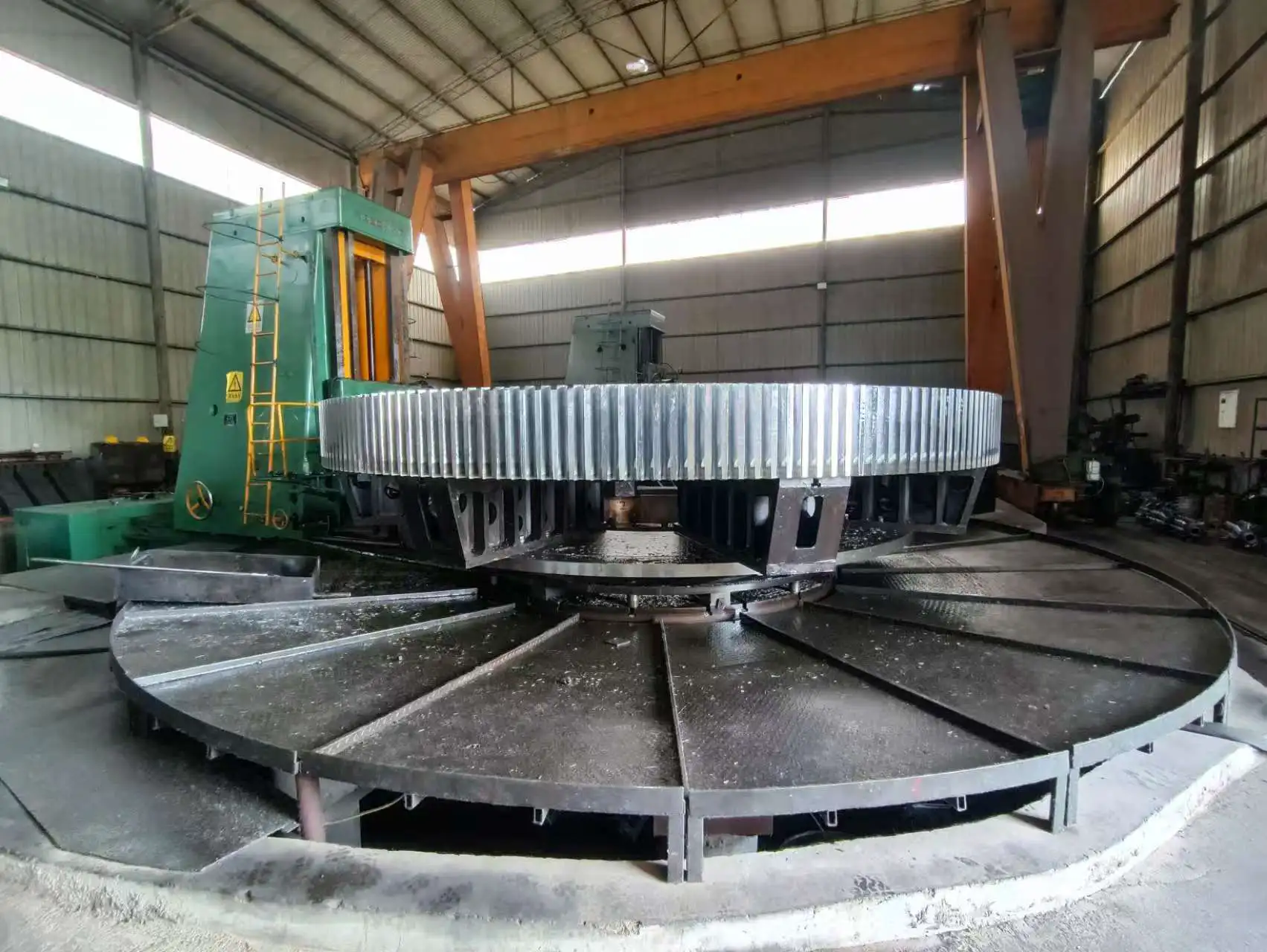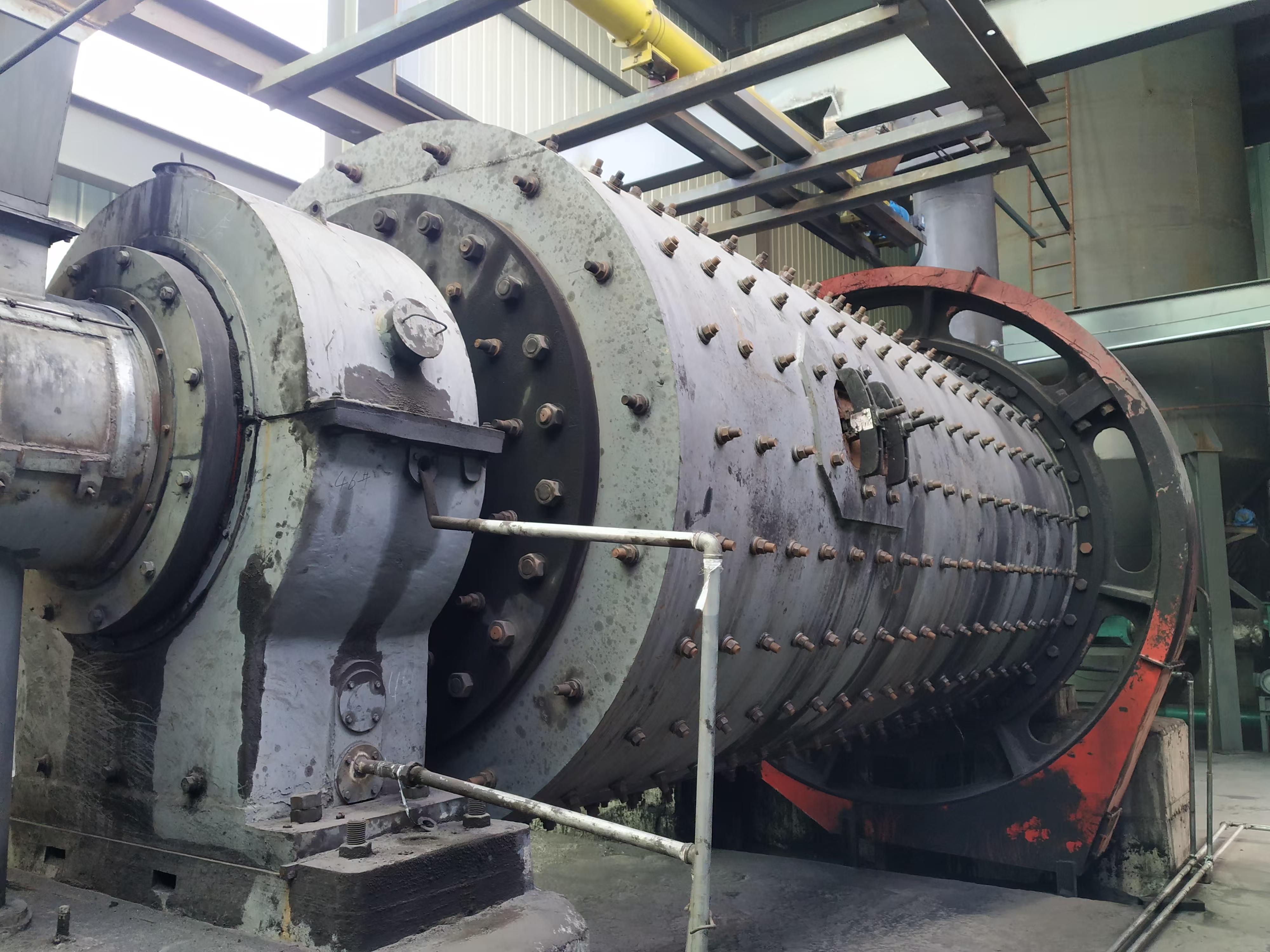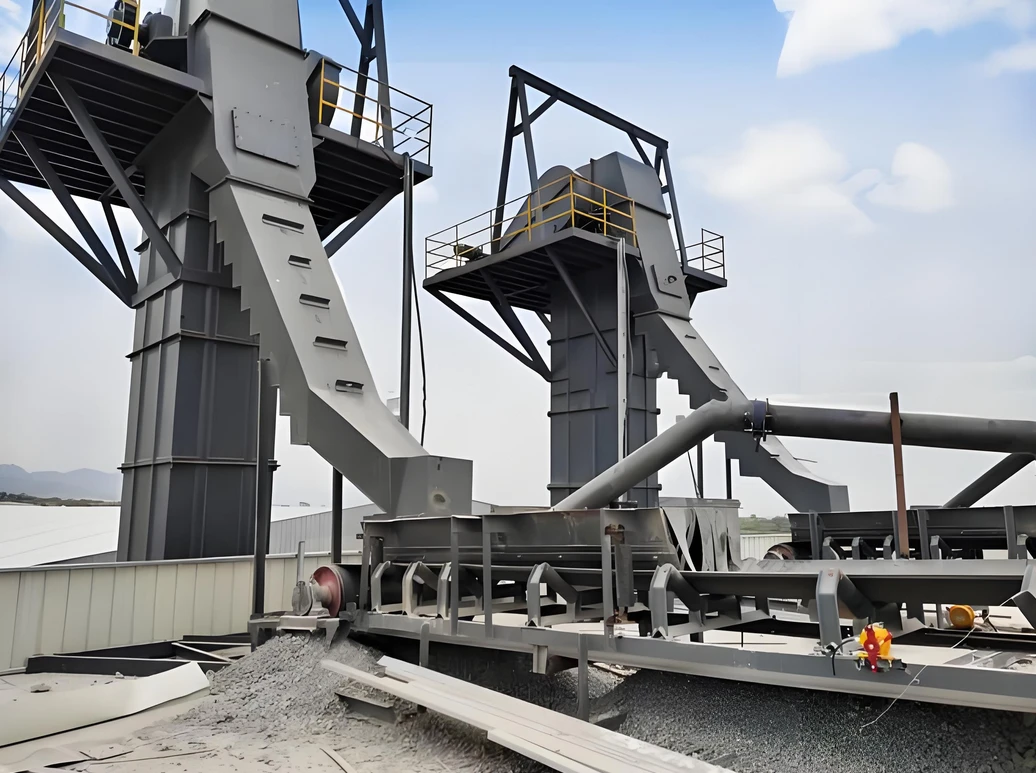Main components
1. Vibrator: The core component that generates vibration, usually driven by a motor to drive an eccentric block or electromagnet to generate vibration.
2. Trough or conveying surface: The component that carries the material, usually made of steel plate, with a certain wear resistance.
3. Spring support: The elastic element that supports the trough and allows it to vibrate.
4. Motor: The power source that drives the vibrator, usually a vibration motor or an ordinary motor plus an eccentric block.
5. Base: The frame structure that supports the entire equipment.
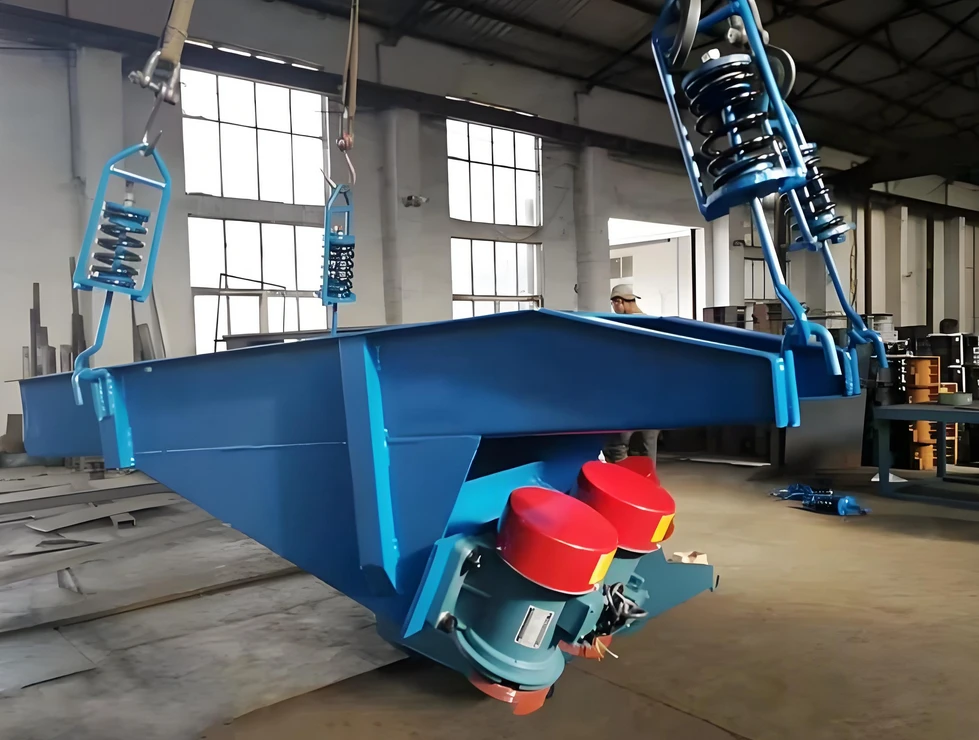
Working principle
The vibrating feeder generates periodic vibrations through the vibrator, causing the trough or conveying surface to reciprocate. Under the action of vibration, the material moves forward along the trough or conveying surface to achieve continuous and uniform feeding.
Features
1. Simple structure: The vibrating feeder has a simple structure and is easy to maintain.
2. Stable operation: The vibrating feeder runs smoothly and has low noise.
3. Convenient adjustment: The feeding amount can be easily controlled by adjusting the vibration frequency or amplitude.
4. Wide application range: suitable for conveying various granular and powdery materials.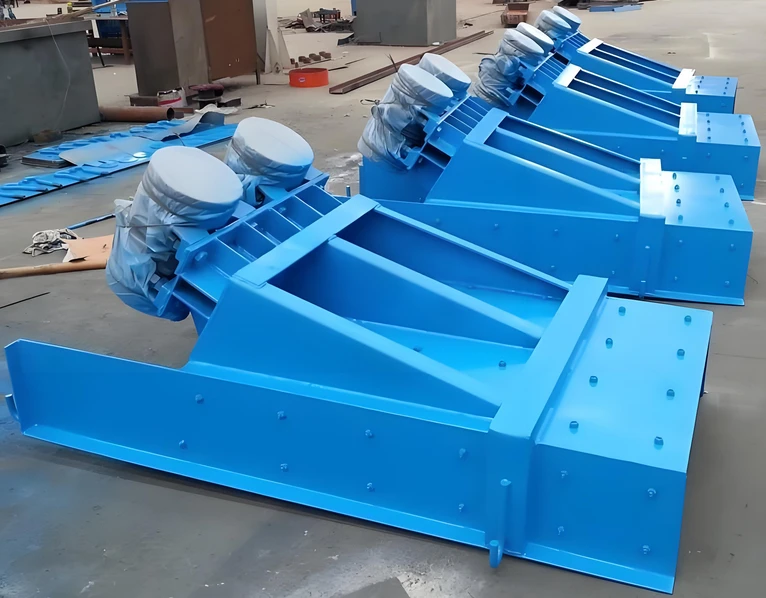
Application fields
1. Mining industry: used for conveying and feeding materials such as ore and coal.
2. Metallurgical industry: used for conveying materials such as metal powder and slag.
3. Building materials industry: used for conveying materials such as cement and sand.
4. Chemical industry: used for conveying materials such as fertilizer and plastic particles.
5. Grain industry: used for conveying materials such as grain and feed.
Maintenance and care
1. Regular inspection: Regularly check the wear of components such as vibrators and spring supports, and replace damaged parts in time.
2. Lubrication and maintenance: Regularly lubricate the bearings of the vibrator to ensure its normal operation.
3. Cleaning equipment: Regularly clean the material residue on the trough or conveying surface to prevent blockage.
